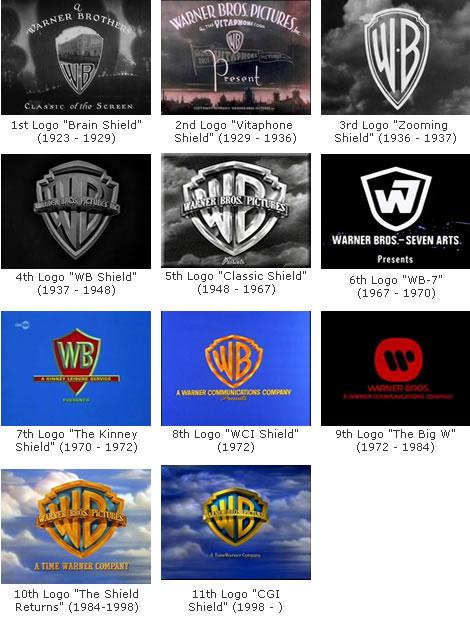- Time
- Post link
SilverWook said:
The WB Tv logo at the end dates the print to pre 1984...
So, any release with the WB Kinney logo would have been mastered sometime 1970 through 1972.
However, with Lucas' Star Wars success (post 1977) and WB subsequently re-releasing THX 1138 (with the WB cuts restored), did WB simply put the excised footage back into the master and make new distribution prints (Lucas' restored original/1st edit) ... with the original logo also unchanged? Lucas probably wasn't even involved in that one (beyond demanding that it be done).
From the WB re-release forward, a TV broadcast would be of Lucas' restored original/1st edit (excluding mangling by individual TV stations or networks). So any broadcast that included those missing SEN shots would identify it as Lucas' original edit. -- Does this sound right?
AntcuFaalb said:
Also, the answer is: yes! :-)
Excellent.
You are a true believer.
Once I get the project resources I'll send you an inventory ... if you can use anything already accumulated (other releases, etc.).
msycamore said:
SilverWook said:
... Pan and scan can be less obvious to the eye when it's done on film versus a video master.
Yeah, it's basically down to the telecine operator how to handle it ...
So, the difference of my post-1990's TV recordings is just the original (1st) Lucas edit (the 16mm period) with it's P&S release doing snap-scans and the next (2nd) Lucas edit (the laserdisc period) with it's P&S release not doing snap-scans. That would make the laserdisc-period release Lucas' 2nd edit of THX 1138.
Keep in mind that stations can have unlimited play rights -- meaning they can broadcast an "older print/version" that they have after a newer print/version is released. This often happens with new & improved home video releases (like "restorations") that don't broadcast until some significant time afterwards. So, the 1st version could be broadcasting while the 2nd version is being released on home video. -- Is that too weird an extrapolation?





